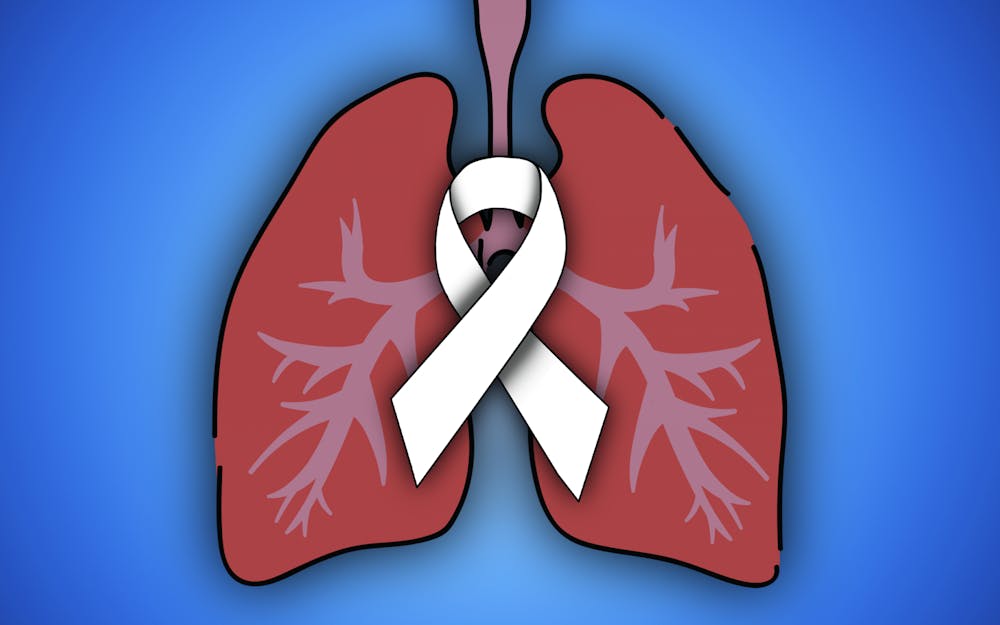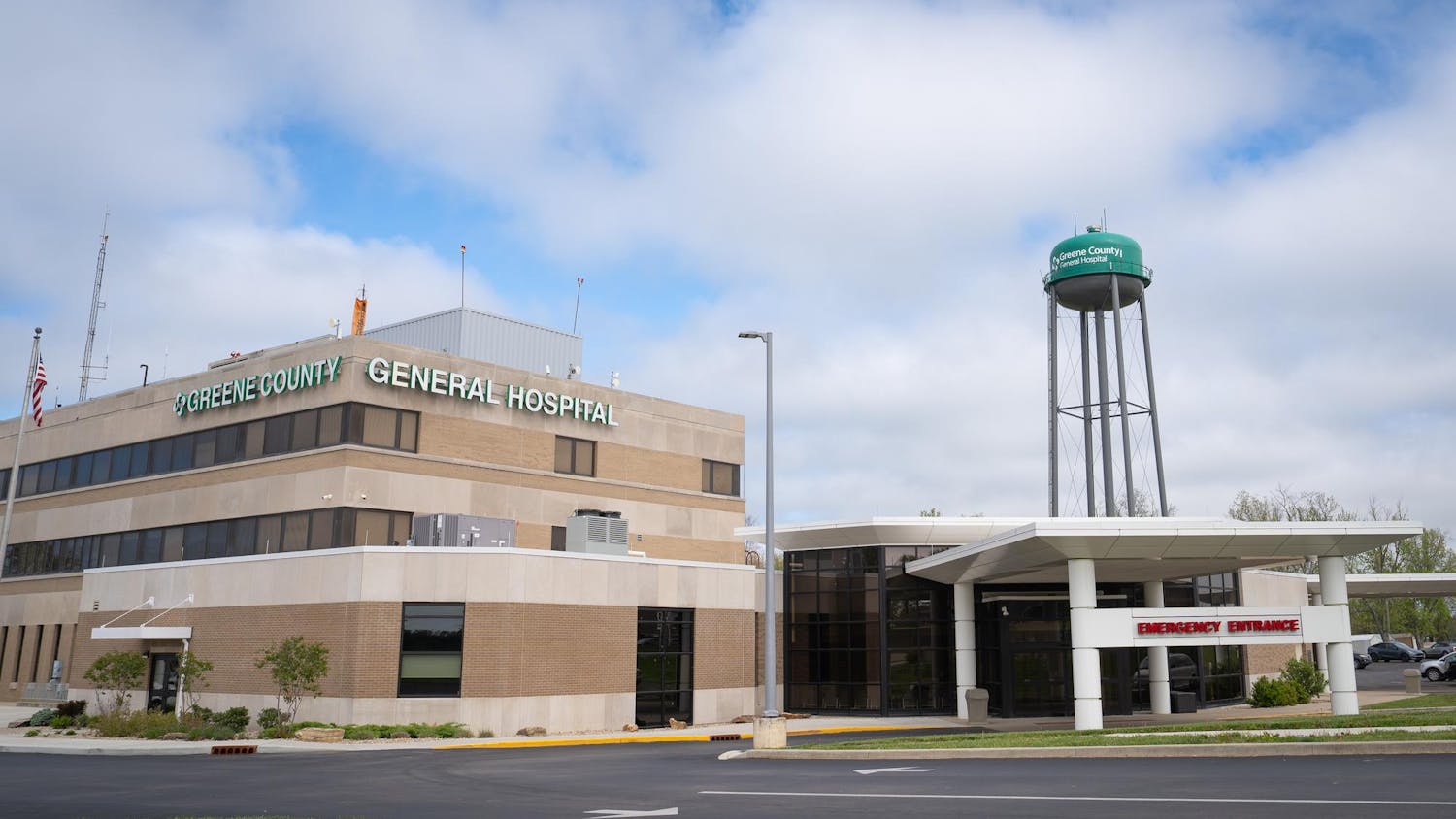Indiana’s high smoking rate among residents is to blame for large increases for lung cancer in the state.
Dr. Nasser Hanna, professor of Medicine at the IU School of Medicine and at the IU Simon Comprehensive Cancer Center, said 80 to 90% of lung cancer is caused by patients smoking cigarettes. Other causes include occupational risks, like welders, factory workers, construction workers and people working around asbestos. A smaller percentage of cases are due to radon, a gas found in soil, which is generally found in basements or in people working underground.
“Indiana, historically, has had very high rates of lung cancer,” Hanna said. “We are a tobacco-growing state, and for many decades, have rated amongst the states with the highest adults and actually teenage smoking rates.”
Hanna said people who do not have any of those factors who are diagnosed with lung cancer may carry mutations in the DNA of the tumor cells. He said there are nine different DNA mutations. Hanna said these mutations often have their own individual therapies as treatment.
Other than targeted treatments, a patient may receive immunotherapy, chemotherapy or radiation. Along with treatment, Hanna said lung cancer patients who are found in the early stages may be candidates for cancer removal surgery.
“What is driving the lethality of the cancer is that it’s usually found in an advanced stage,” Hanna said.
Since any symptoms are rarely seen in the early stages, Hanna said patients will come in after the cancer has already spread. They may experience back pain or headaches, Hanna said, and they will then be diagnosed with lung cancer that has spread elsewhere. Patients may also experience shortness of breath due to the tumor creating a buildup of fluid around the lung or a collapsed airway, Hanna said.
Hanna said patients face worse outcomes if the cancer spreads to the brain or liver. The cancer will spread through the body usually by travelling in the bloodstream, Hanna said, but it may be curable if it only spreads to the lymph nodes.
Surgery is difficult in cases of lung cancer because patients average to be around 70 years old and often have other medical conditions when the cancer is discovered, Hanna said. He said patients need good lung and cardiac function for surgery.
Hanna said people at high risk of lung cancer are between 50-80 years old with at least a 20 pack a year smoking history. This is discovered by multiplying the number of years and number of packs smoked. So one pack per day for 20 years would equal a 20 pack year.
Dr. Mimi Ceppa, thoracic surgeon at Indiana University Health, said a driving factor for the mortality rates of lung cancer is that patients are diagnosed at a later stage. Screening for lung cancer is vital, Ceppa said.
“Less than 5% of patients who are eligible for lung screening are actually getting screened,” Ceppa said.
Stopping smoking is the number one way to prevent lung cancer, Dr. Shadia Jalal, Associate Professor of Medicine with IU Health Physicians, said. The next step would be talking to your doctor about getting CAT scans once a year, if qualified.
Patients diagnosed at stage one have a five year survival rate of 80 to 85%, Jalal said. While patients with stage four lung cancer have a survival rate close to 20%.
Jalal said there is no evidence of electronic cigarettes being safer and worries for young people increasing their risk by vaping.
“Overall, lung cancer for most people is a preventable disease and the best way to prevent it is to just really not start with any of those tobacco products,” Jalal said.






